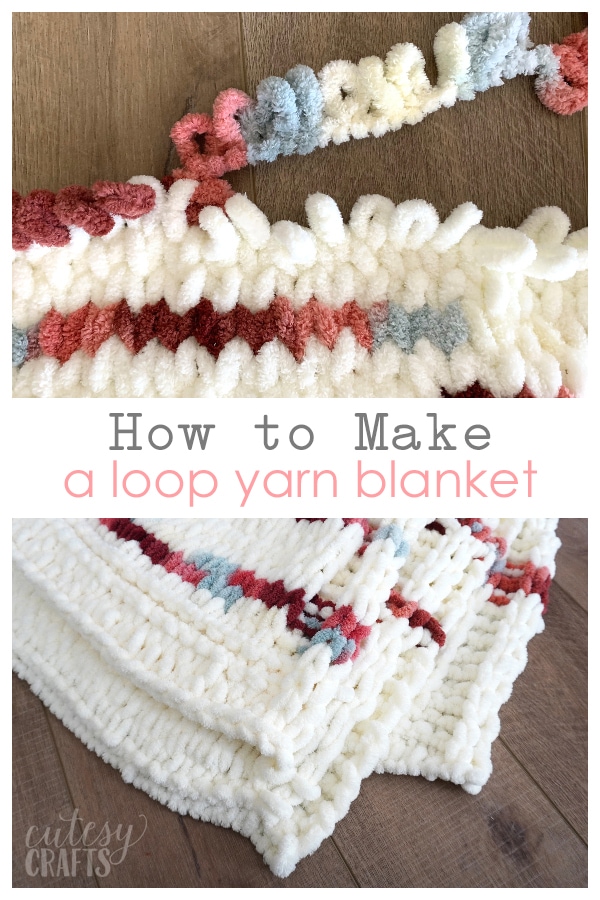
As you never turn the work, you work left to right for one row and right to left for the next, so each hand has to do different things on odd and even rows.Loop knitting is actually a little more difficult than I’d imagined it would be: Again, I wouldn’t recommend this specific pattern unless you’re familiar with loop knitting and/or regular knitting with crossed stitches. I got a bit confused at the edges at first, but apart from that it was fairly straightforward, thanks to my experience with crossed stitches in knitting. I decided to just ignore the pattern directions after the first row, and figure it out myself based on watching where the slanted crossed stitches should go next. (Luckily, I do!)Īs others had noted in their project notes, the pattern is extremely wordy and not clear to follow. I wouldn’t jump into this as your first loop knitting project like I did unless you really like a challenge. This pattern says it’s rated as ‘experienced’ skill level, and I agree with that assessment. Based on the feedback of a few other ravelers, I started by forming a starting chain so the bottom of the blanket would match the cast-off edge, and pulled up a row of plain knit stitches in the back bumps of the chain before beginning the lattice pattern, to give a straighter bottom edge. I chose my favourite pattern, Yarnspirations’ Diamond Lattice Blanket, and looked up other projects on Ravelry to see what other people thought of it. Once you know what you’re doing, you can probably adapt many knitting patterns for this type of yarn, but I’d recommend starting out by choosing a pattern that’s designed especially for loop yarn.

(And yes, this is the wrong time of year to be making a cozy blanket, but I have air conditioning, so it’s not that bizarre…) Choosing a Pattern I picked up a bargain bundle of this Bernat Blanket Alize Blanket EZ from the yarn factory outlet store as part of my quest to find relaxing crafts to try.

Working straight gives you a standard knitted fabric, and crossing pairs of loops before you ‘knit’ them lets you make pretty stitch patterns. Have you seen this novelty loop yarn in stores? It’s designed to be finger-knit with no tools – you just pull one loop through the next.


 0 kommentar(er)
0 kommentar(er)
